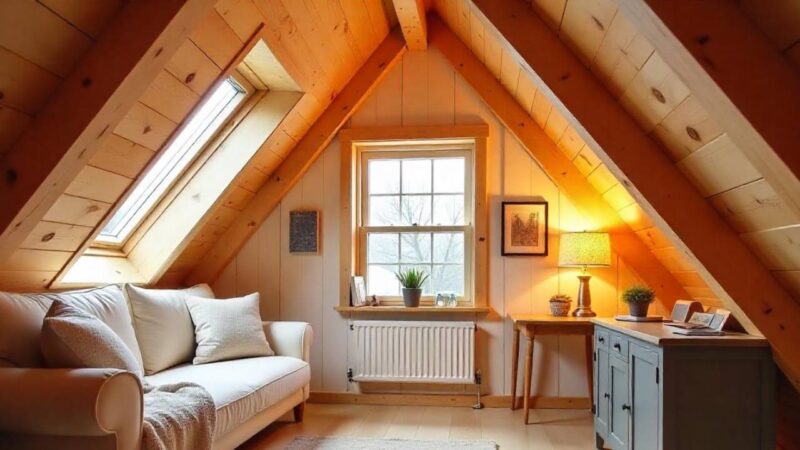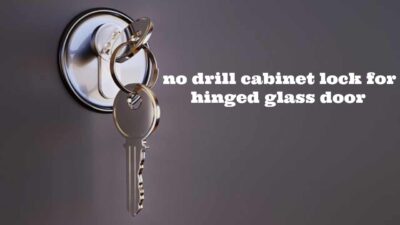Loft conversions are a fantastic way to maximize your home’s space and value. However, one common challenge is preventing heat from escaping these newly created rooms. Without proper insulation and ventilation, your loft conversion may become a significant source of energy loss, leading to higher heating bills and discomfort during the colder months. Here are some effective strategies to stop heat escaping your loft conversion.
Invest in Quality Insulation
The cornerstone of reducing heat loss is a high standard of insulation. Effective insulation minimizes the transfer of heat between your home’s interior and the outside environment. Materials such as fiberglass, mineral wool, and spray foam are popular choices due to their excellent thermal properties. When selecting insulation, check the R-value, which indicates the material’s resistance to heat flow—the higher the R-value, the better the insulation performance.
It’s important to note that even the best insulation materials won’t be effective if not installed correctly. Professional installation ensures that the insulation is properly fitted around structural elements like beams, joists, and any awkward spaces that might otherwise act as thermal bridges. Attention should also be paid to windows, loft hatches, and chimneys, as these are common areas where heat can leak out.
Enhance Air Sealing
In addition to insulation, air sealing plays a crucial role in keeping your loft conversion warm. Gaps and cracks around windows, doors, and other structural penetrations can allow cold air to infiltrate and warm air to escape. Using weather stripping, caulk, or expanding foam can effectively seal these gaps, thereby reducing drafts and improving the overall energy efficiency of the space. A thorough air sealing strategy complements insulation efforts, ensuring that the warmth generated inside your home stays inside.
Optimize Ventilation
While sealing and insulating are vital, proper ventilation is equally important to maintain indoor air quality and prevent moisture build-up. A well-ventilated loft helps control condensation, which can deteriorate insulation over time and lead to damp, unhealthy conditions. Installing roof or soffit vents allows fresh air to circulate without compromising the insulation’s effectiveness. Striking a balance between adequate ventilation and preventing heat loss is key; consider a mechanical ventilation system if natural airflow is insufficient.
Take Advantage of Financial Incentives
Upgrading your loft’s insulation and sealing can sometimes involve significant upfront costs. Fortunately, there are financial support options available to help homeowners offset these expenses. For example, you might be eligible for a free room in roof insulation grant that can help cover part or all of the costs involved in enhancing your loft’s energy efficiency. Such grants are designed to encourage energy-saving home improvements, making it easier to invest in quality insulation and professional services.
Rounding Things Off
Preventing heat from escaping your loft conversion is all about a balanced approach. By investing in high-quality insulation, ensuring a tight air seal, and maintaining proper ventilation, you can create a warm, comfortable, and energy-efficient space. These measures not only improve your living environment but also contribute to long-term savings on your heating bills. With additional support from initiatives, now is the perfect time to optimize your loft conversion for better energy efficiency and enhanced comfort.









